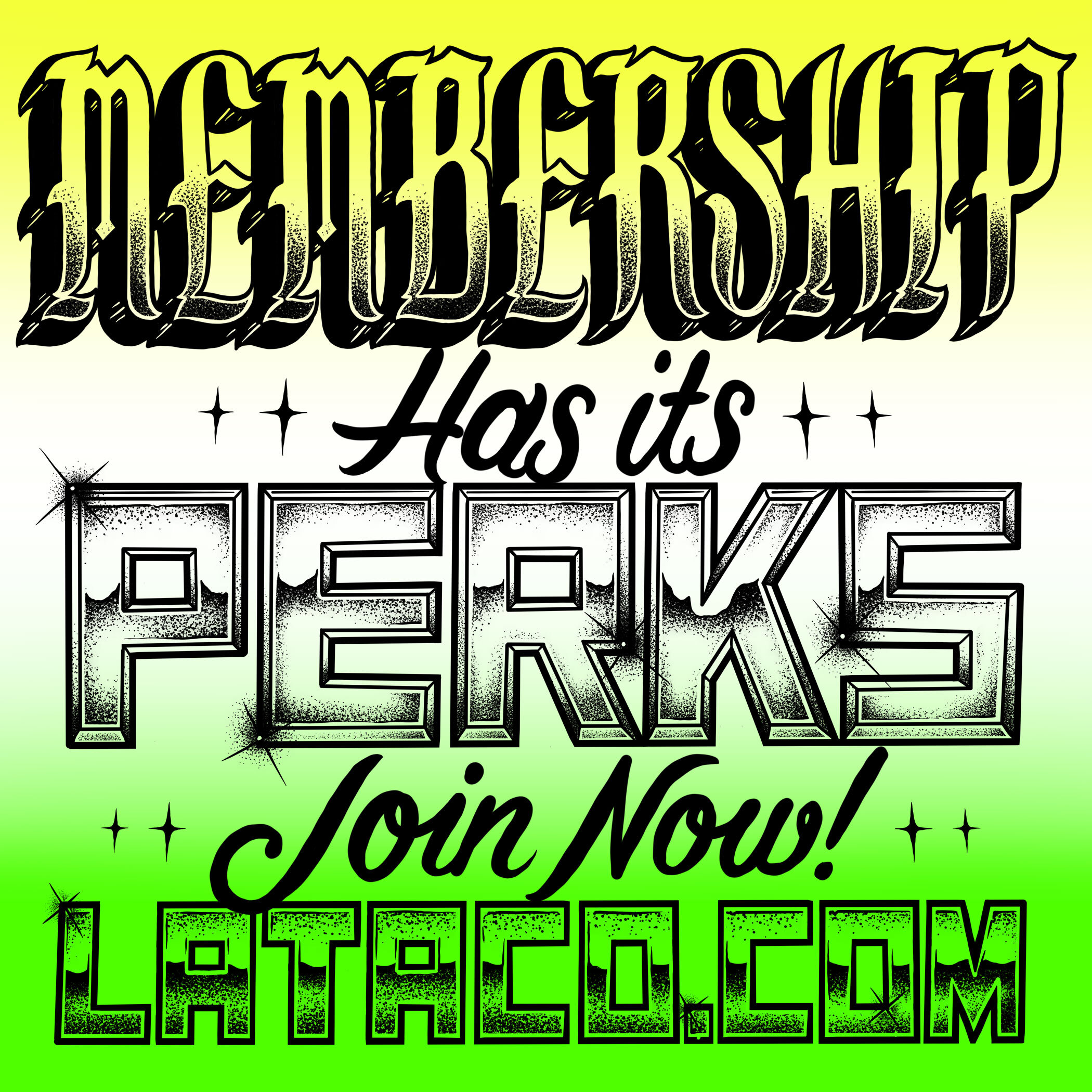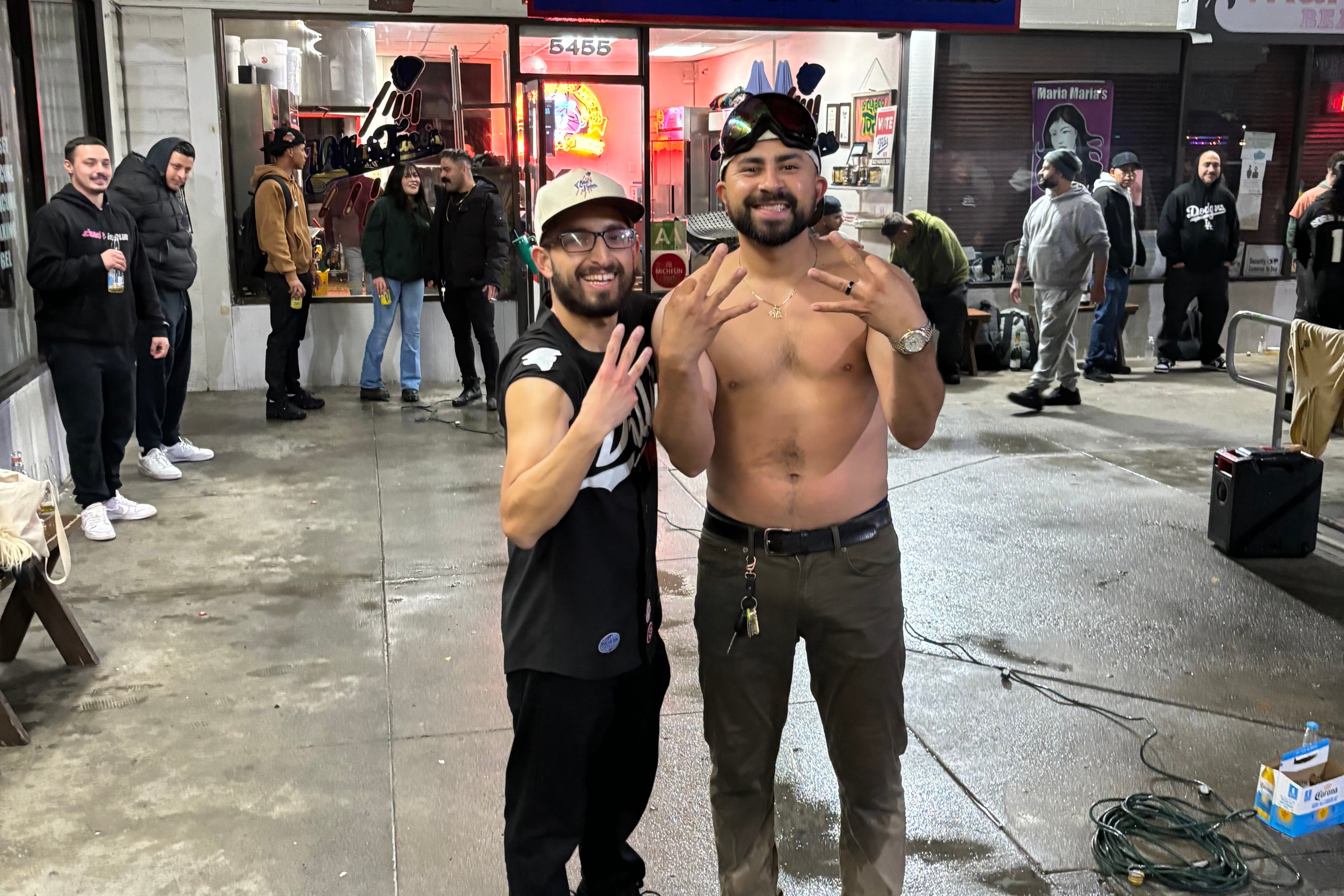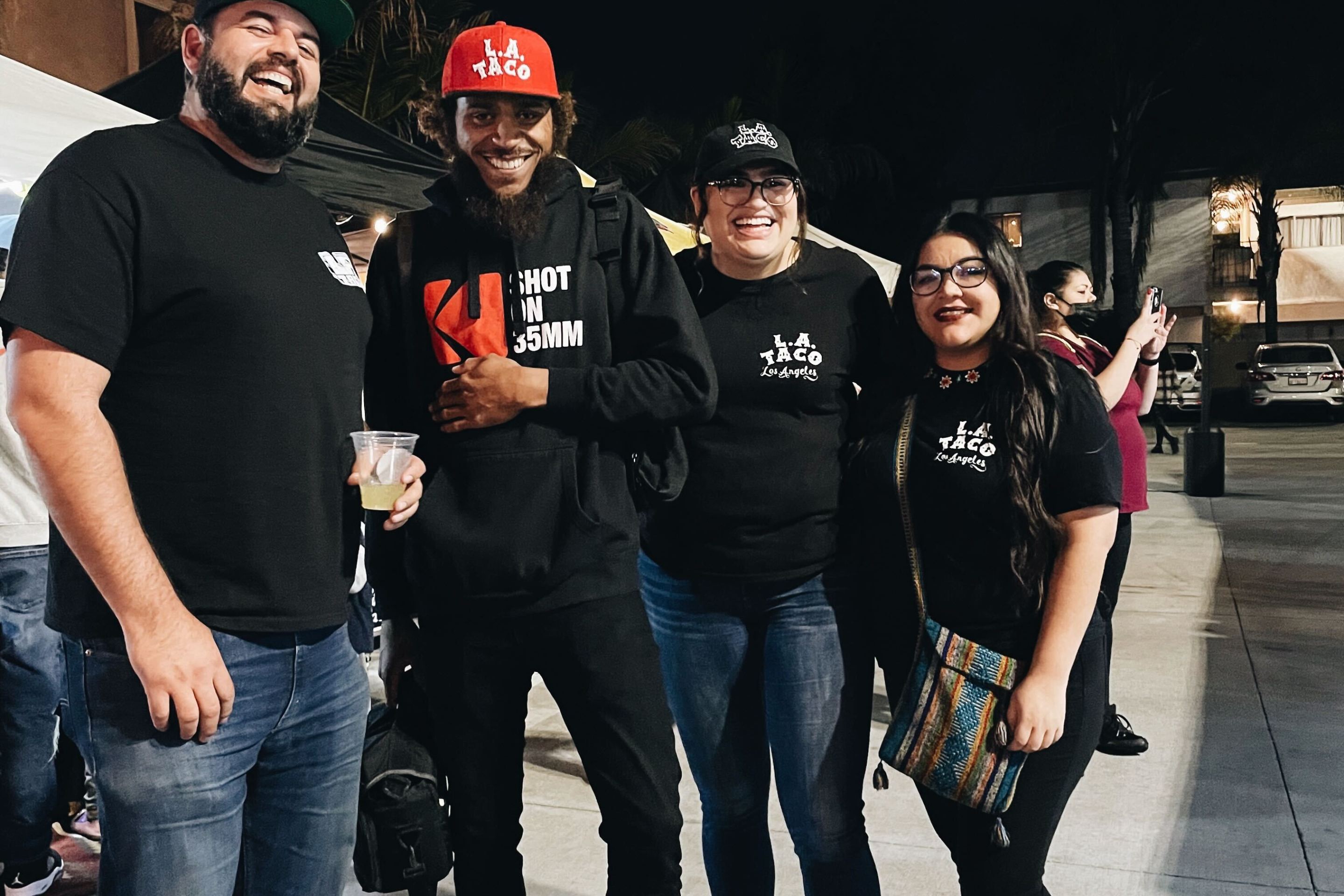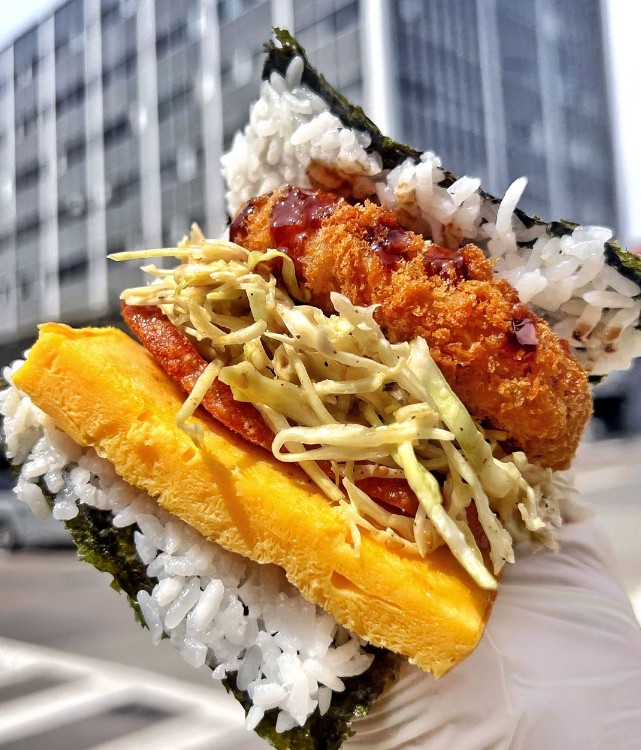Writing about art and artists is always on some level an exercise in futility, because you try to put into words what someone has already figured out in a far more interesting way visually. Gajin Fujita, the Japanese-American artist from Boyle Heights, creates work that makes the writer's job not just frustrating, but downright embarrassing. Attempting to describe his epic canvases that straddle centuries of artistic tradition, and create lines of dialog between ancient masters and the graffiti crews of East Los Angeles is not only impossible, but feels like a betrayal.
His work is both masterful and of-the-moment; entirely his, and yet borrowing from traditions both new and old. Of the many amazing artists who have emerged from East Los Angeles over the past couple of decades, it's not surprising that Gajin Fujita is one who has transcended all art spaces, from the street to the gallery to the museum. If the desire in the early days was to be "All City", the new designation has to be "All Planet".
For years Fujita has integrated tags from his friends into his art, but the formal role of curator is a new one. His first show as both artist and curator, "Roll Call: 11 Artists from L.A.", opens November 16th at LA Louver in Venice, and shows off the talents of other LA-based artists who form a common cause-- a seriousness in technique, roots in the graffiti culture of the East Side of Los Angeles, and a desire to transcend false limitations imposed by society. We got the chance to do this Q&A with an artist who defies easy definition but also defines Los Angeles. After the interview, keep scrolling for preview images, artist portraits, and the official press release...
What's your favorite taco spot?
Old school: King Taco / New school: Guisados.
How does curating "Roll Call" fit into your artistic career as a whole?
I wasn’t really looking to curate any shows, but the opportunity came about serendipitously through Peter Goulds at LA Louver, who was curious and excited about home-grown artists coming out of L.A. This curating project brought about a new challenge in my artistic career, and forced me to analyze other artists’ works and practice. I realized curating is another artform in and of itself.
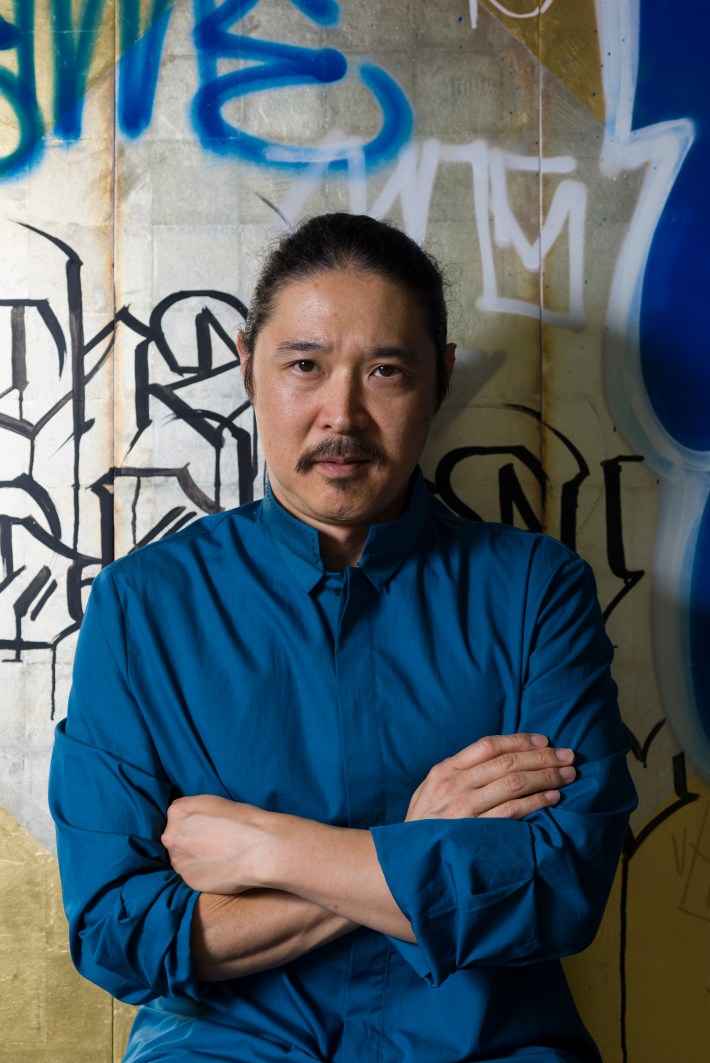
What do the artists involved in the show have in common, and how did you select them?
The common thread among the artists involved is that we’re all L.A-raised and have origins in graffiti and mural painting. The artists I’ve selected for “Roll Call’ are all passionate about their art, and have continued to pursue careers in creative fields. They all brought awareness to our city and brought a unique cultural voice to Los Angeles.
What is the most beautiful thing in the world?
To me, life is beautiful.
When and where are you most happy?
I’m most happy when I can make my mom, wife, family and friends proud of my accomplishments.
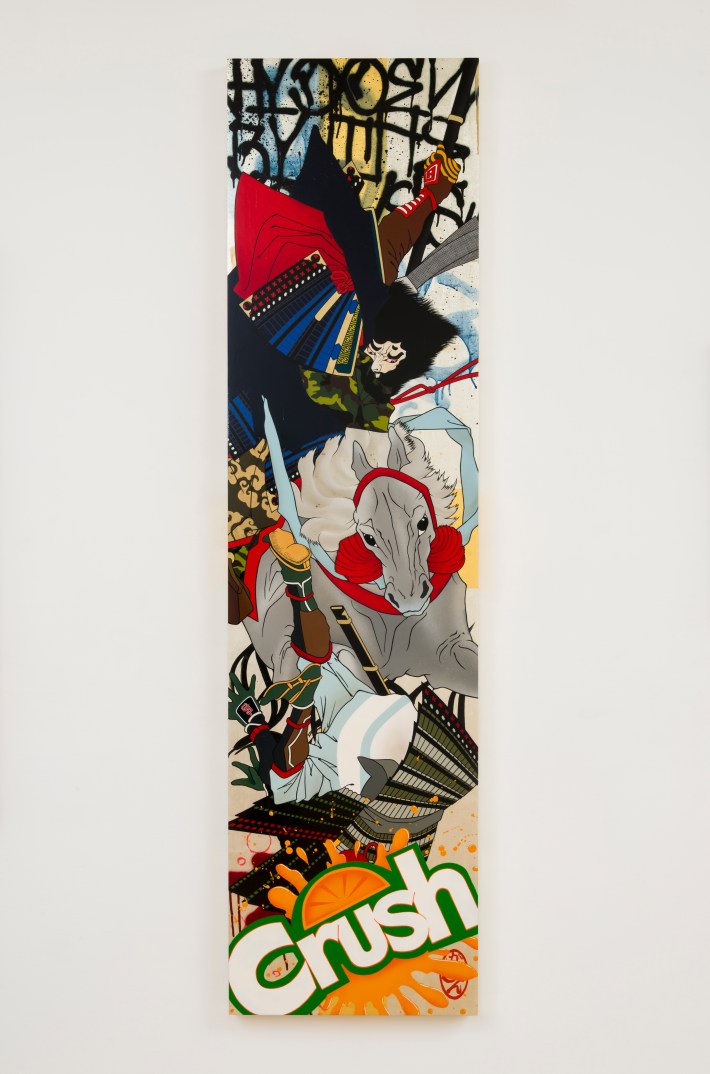
What role do sports and competition play in your work?
The competitiveness I saw in hip hop with b-boys, DJs and graffiti artists battling each other inspired me to push myself and to hone my skills and techniques, and to take my creativity to another level.
Do you have a lucky number?
Not really… although I’ve always liked number 1.
What is your entrance music? What should be played at your funeral?
Bob Marley “Natural Mystic” and Pink Floyd “Shine on You Crazy Diamond”
What keeps you in Los Angeles?
Not only because it’s where I was born and raised, there’s no place like L.A. It’s a unique metropolis with a diverse population of people and cultures living together.
You're a member of the k2s graffiti crew. What role did the crew play in your life, and what is the importance of loyalty and affiliation today?
K2S isn’t the only crew that I’m from, there’s KGB as well, and for me, they’re not just friends, but an extension of my family. Some of the guys I’ve known for over 30 years, and we’ve maintained a friendship to this day, like Defer and Jesse Simon, who I’ve known since Jr. High.
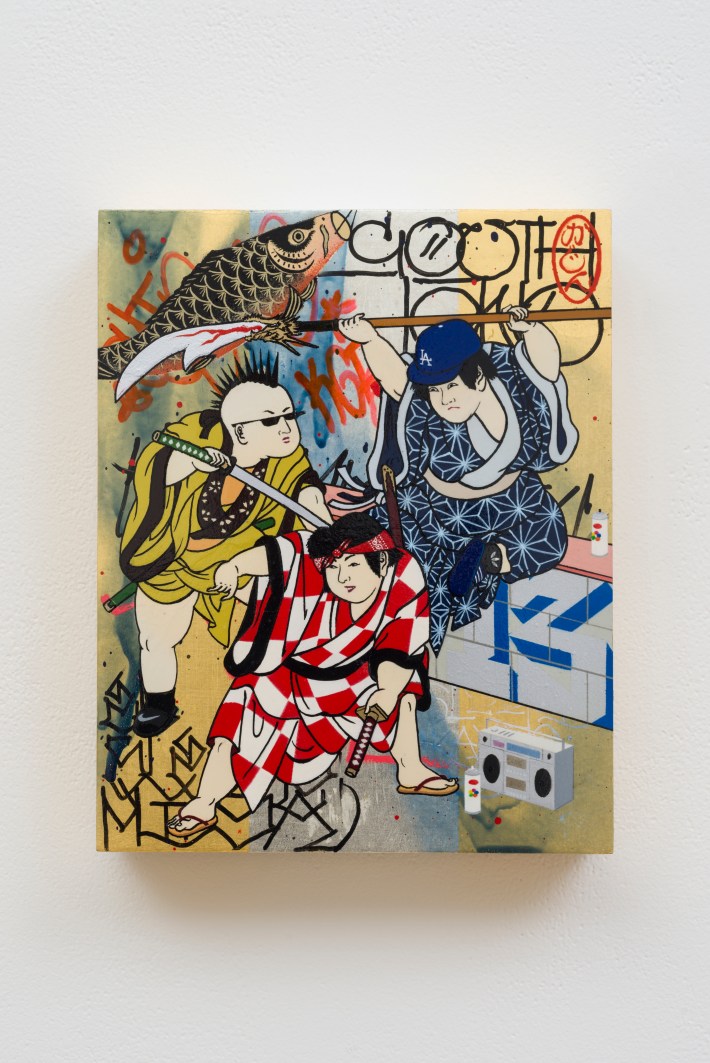
You've spoken before about "violating expectations," what does that mean to you?
To me, “violating expectations” is not only challenging myself, but also challenging the viewer to see a new perspective.
Describe the artists from the show with one emoji:
Chaz 💀
Sleeps 💤
Fabian ♠️
Ricardo 👊
Alex 💪
Patrick 🔥
Retna 💰
Prime 😝
Jesse 🏄
Slick 🙌
Got any shoutouts?
My mom, Chitose, my dad, Yoshi and my teachers Scott Grieger and Dave Hickey. Also, Peter Goulds.
All Images Courtesy of L.A. Louver, Venice, CA
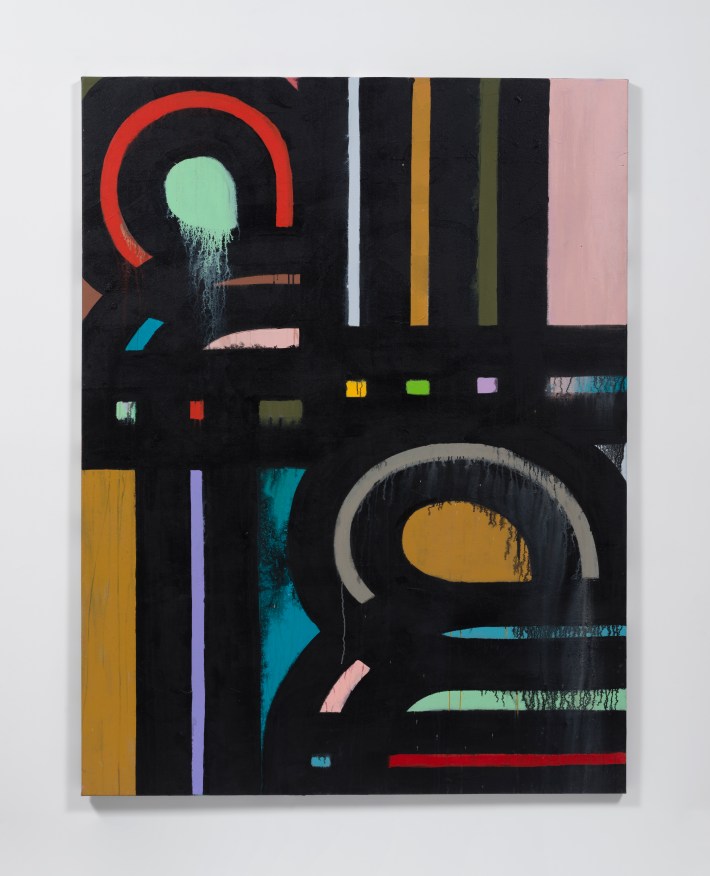
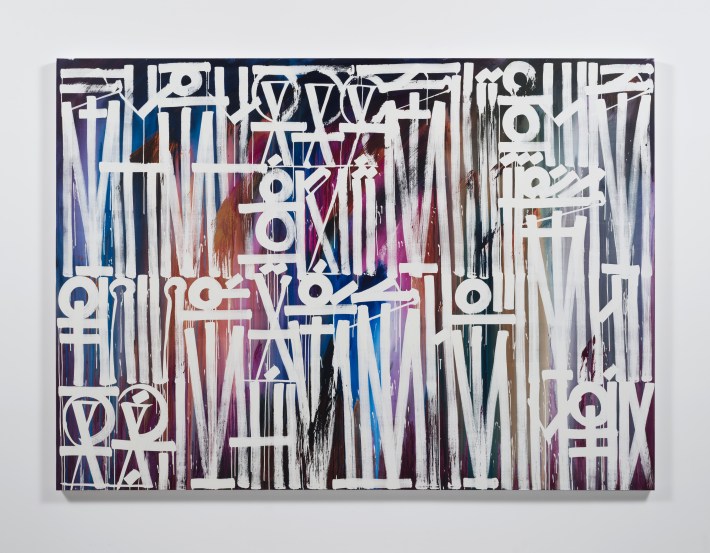
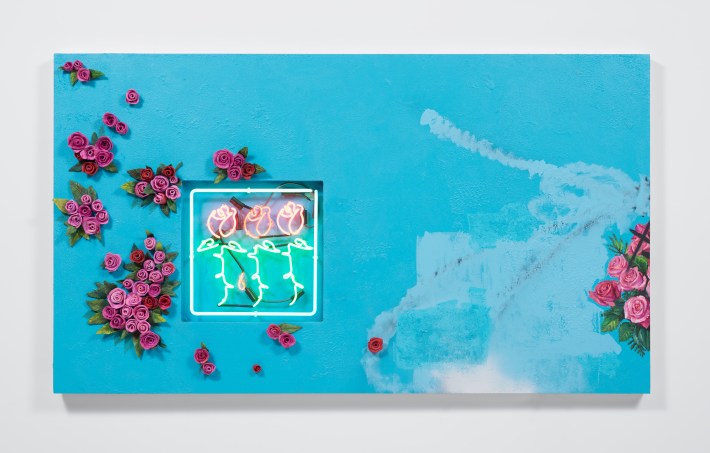
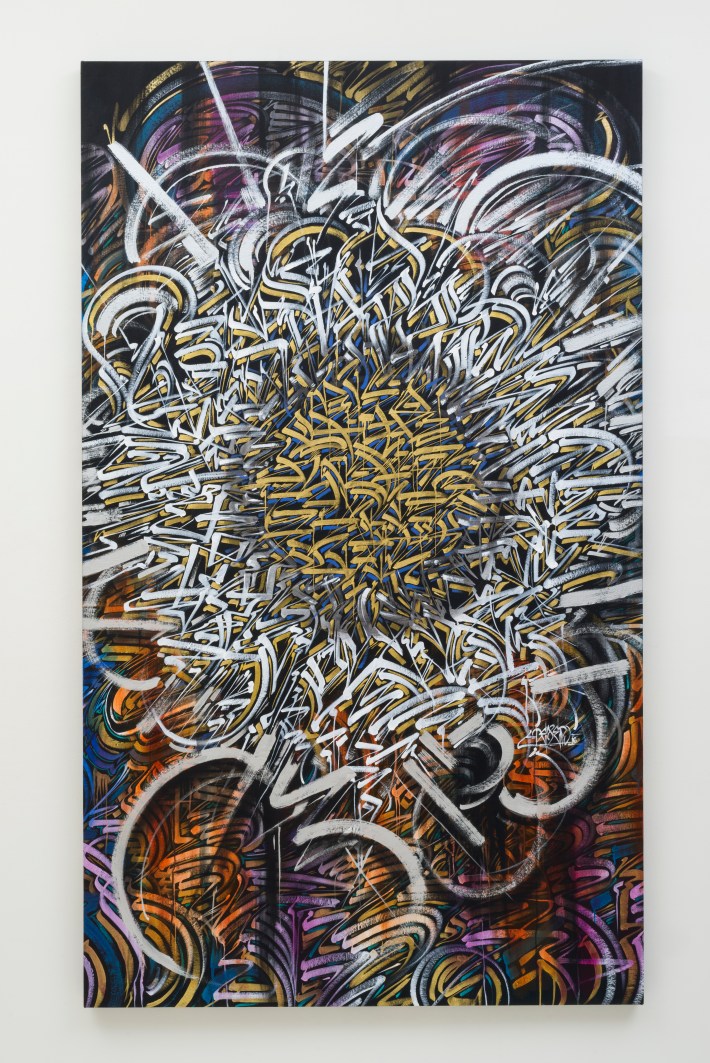
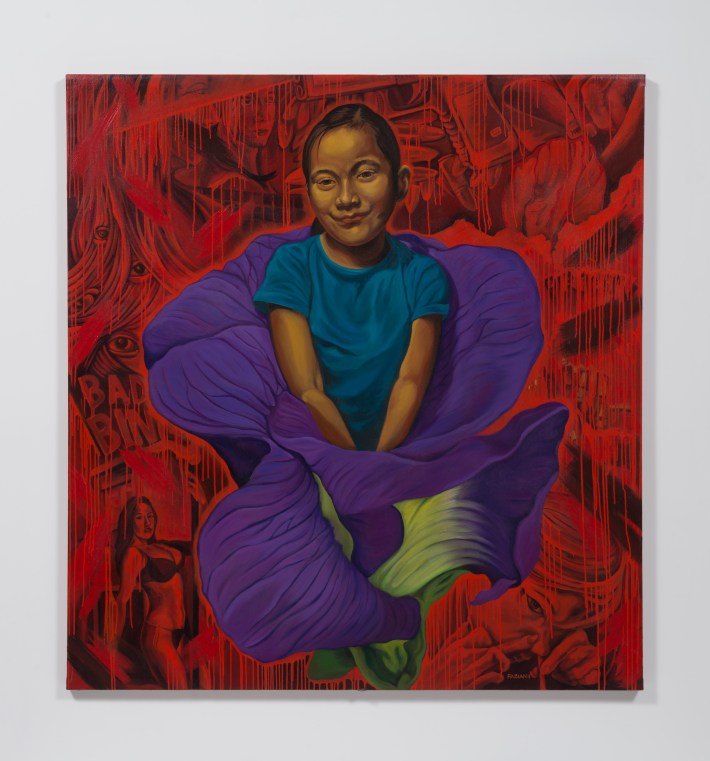
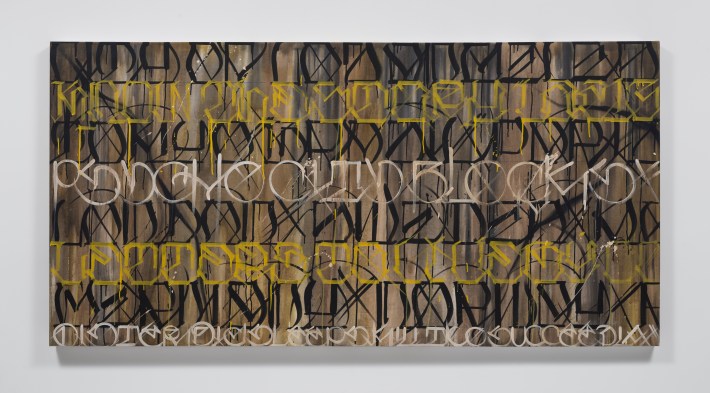
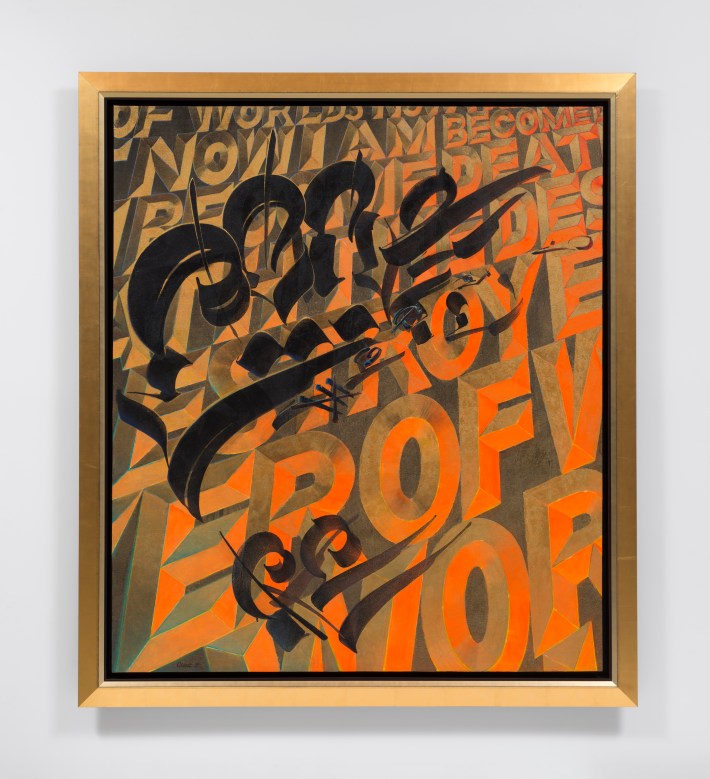
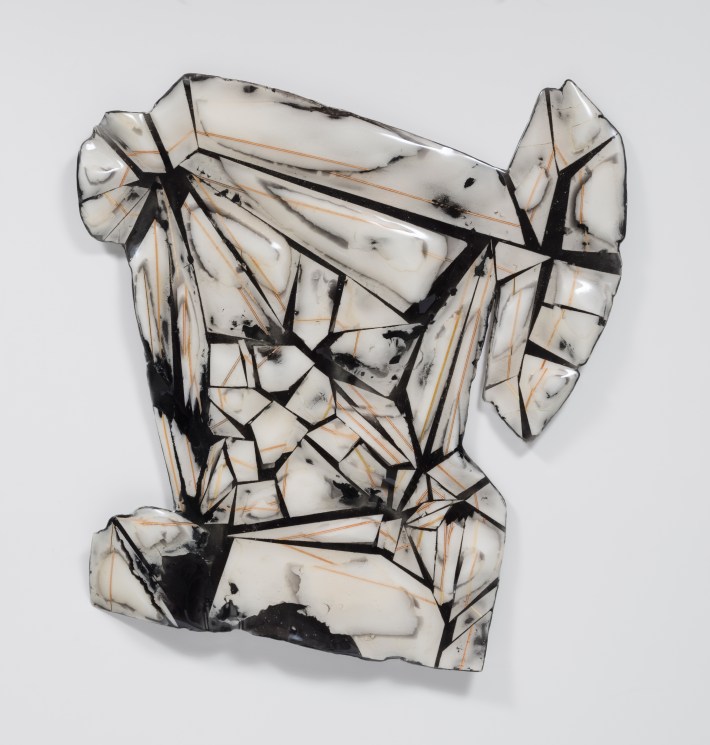


All Images Courtesy of L.A. Louver, Venice, CA
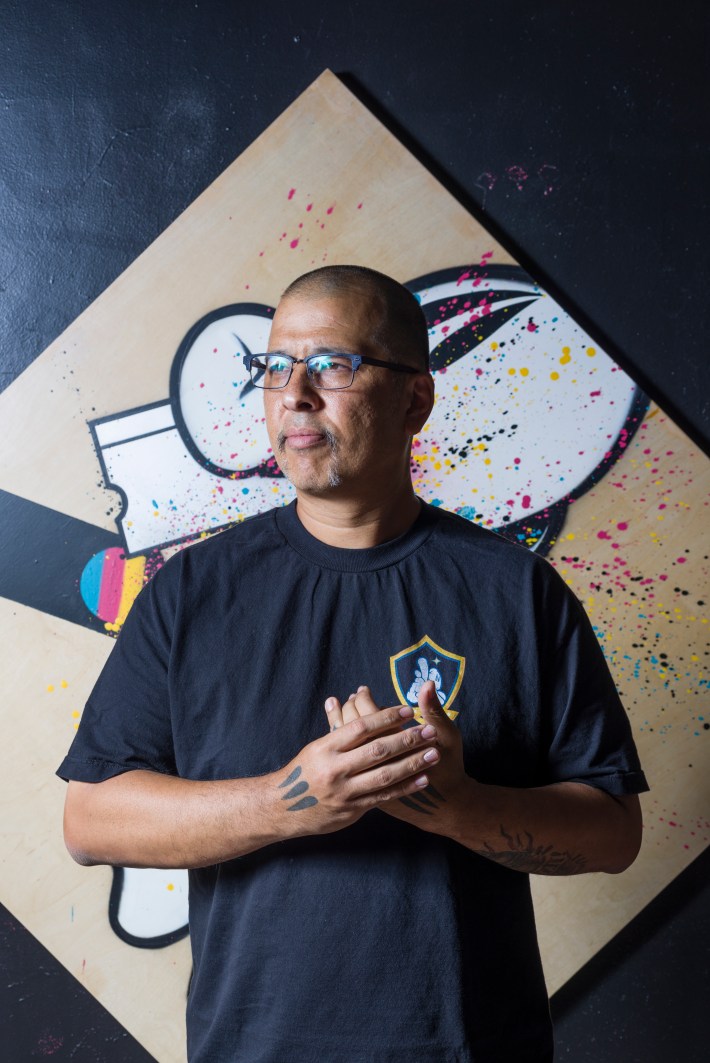
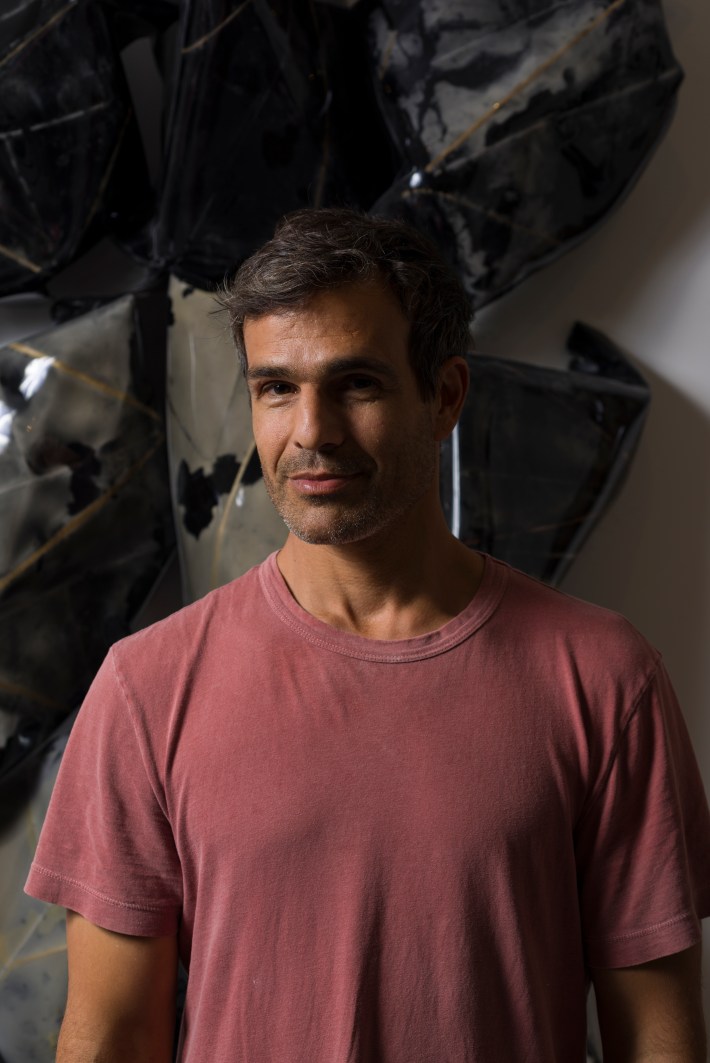
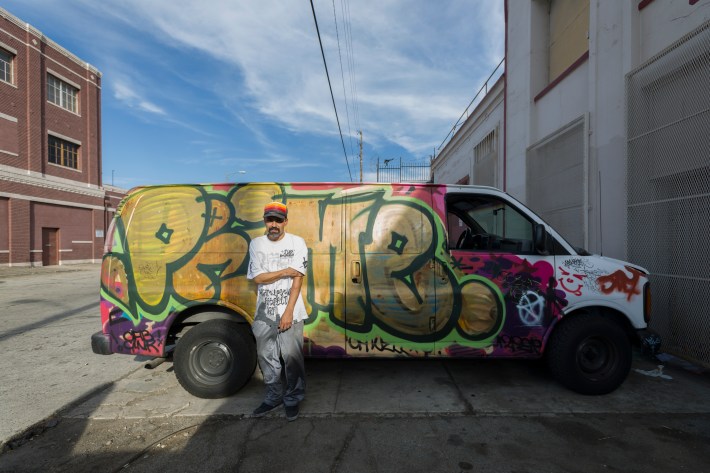
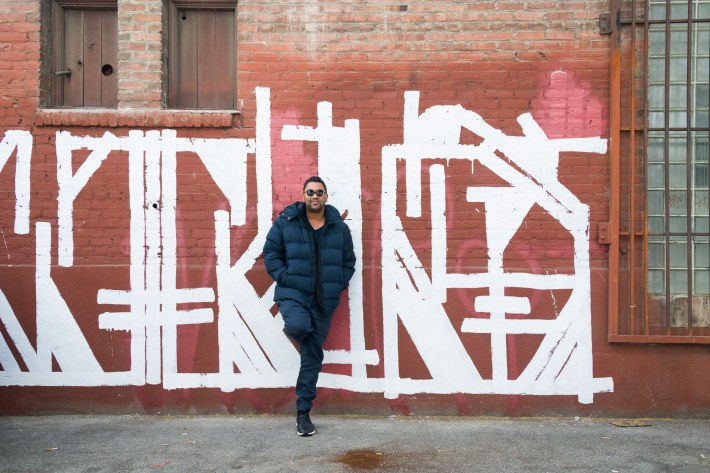
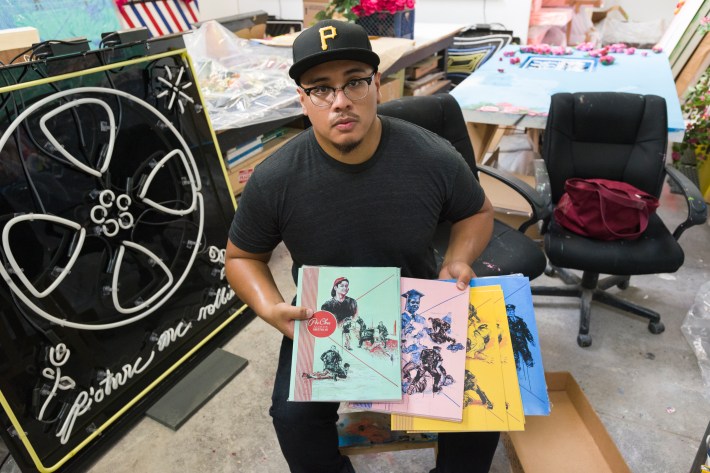
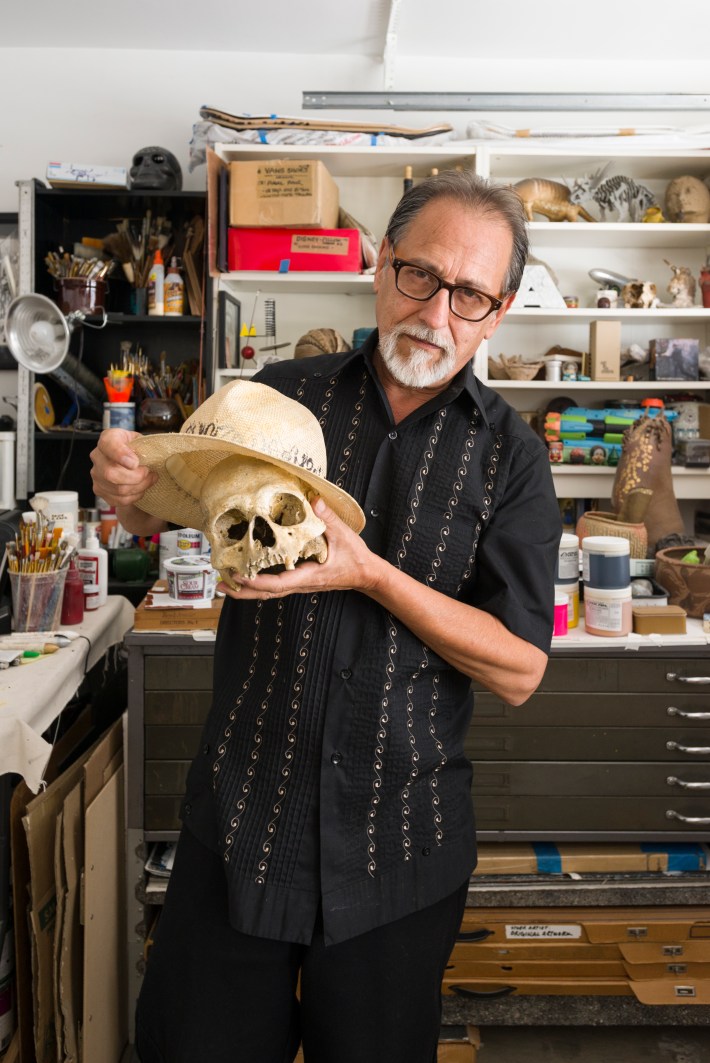
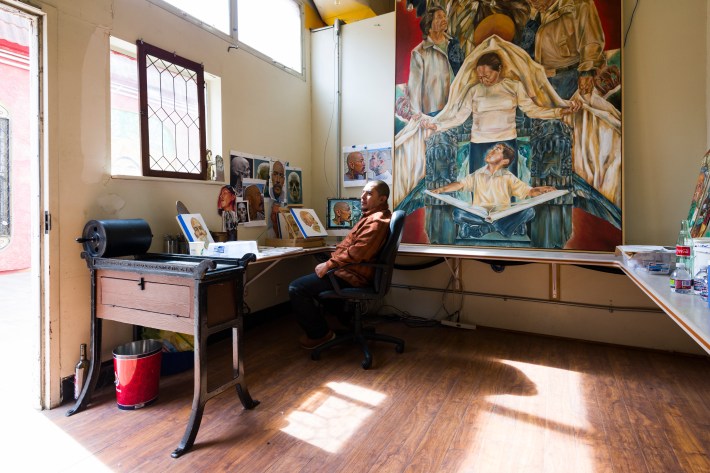
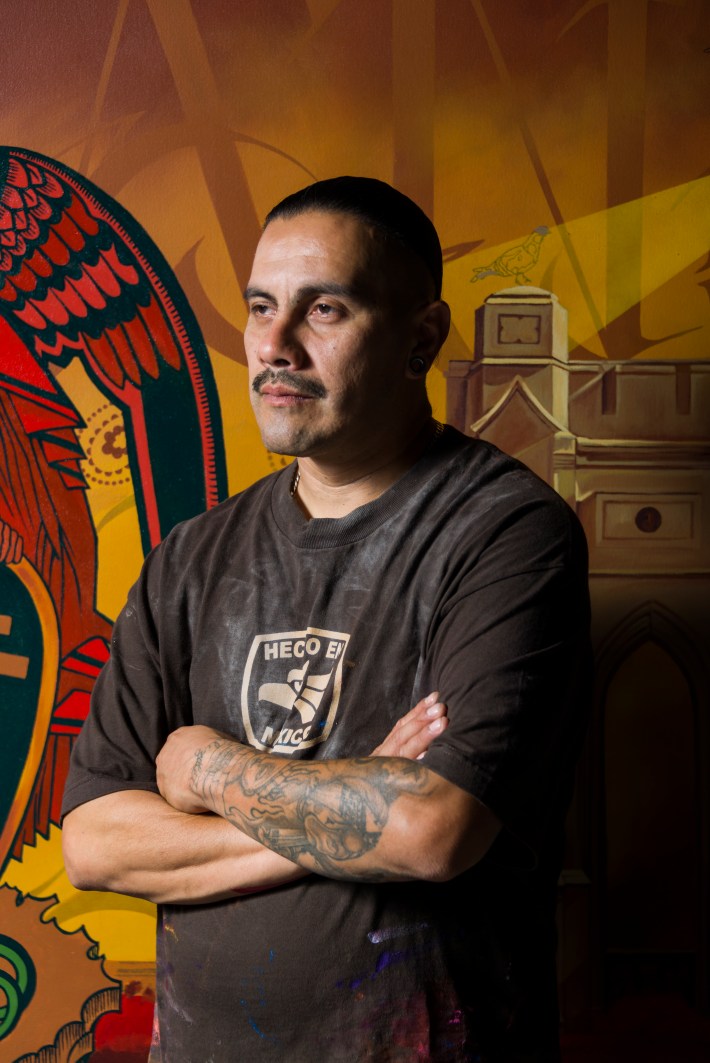
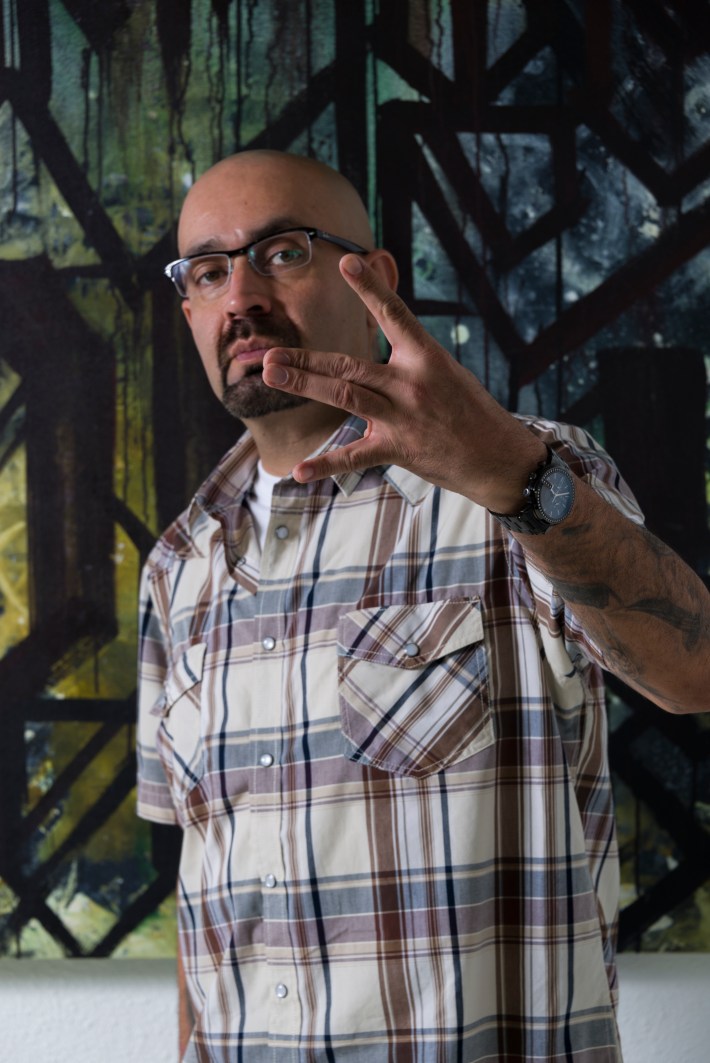

Venice, CA -- L.A. Louver is pleased to present a group exhibition curated by Los Angeles artist Gajin Fujita. “Roll Call” refers to tagging all of the names of a graffiti crew who work together to make a piece. Fujita’s inspiration for both the show and its title is this same spirit, recognizing individual contributors that create an overall picture — a vision of L.A.
“Los Angeles is the city that raised me, its streets guided me, and graffiti was my transport. Graffiti took me all over the city, seeking out prime real estate to stake my claim, tag my name and flex my skills. It’s how I came to know all the artists in this exhibition; some of us go back almost 30 years. Graffiti is the foundation on which we built our artistic practices. But beyond graffiti, Los Angeles is what unifies us. We sharpened our skills on its walls and structures.” — Gajin Fujita
Fujita grew up in the East L.A. neighborhood of Boyle Heights. As a teen, he became fascinated by the graffiti and hip-hop movement coming out of New York when the movie “Style Wars” was released in the ’80s. Alex Kizu (Defer) shared in his enthusiasm. He and Fujita were both from Boyle Heights and attended the same junior high school in Mid-City (an hour bus ride from home). Together, they pored over and studied pictures of graffiti they collected, which in the pre-internet age, were their only access to that world. Kizu developed his own intricate lettering style, and now makes paintings that emphasize the letters’ gestural qualities in a practice he refers to as “spiritual language.”
At school, Kizu introduced Fujita to Jesse Simon, a surfer kid and talented writer who would later translate his graffiti skills into creating polished, abstract sculptures from broken surfboard remnants. The three of them, along with a few others, gathered to form the graffiti crew KGB (Kidz Gone Bad) in 1984. “Back then, there were only a handful of crews on the scene,” describes Fujita. “We were lured by the potential of street fame and notoriety, and fueled by the adrenaline rush of breaking the law – working covertly and on constant alert, our heads on a swivel.”
By 1985, the graffiti movement was gaining momentum. Kizu went on to form K2S (Kill 2 Succeed), a crew that dominated the scene. K2S hailed from Downtown L.A., Pico-Union and East L.A., and was known for appropriating gang culture into their pieces. Fujita eventually joined their ranks with artists like Jose Reza (Prime). His lettering hybridized angular “Cholo” writing with East Coast “Wild Style” into an aesthetic that became synonymous with the Los Angeles graffiti scene. David Cavazos (Big Sleeps) developed letters based on Chicano writing (a tradition rooted in L.A. since the 1920s) that have launched his career as an internationally renowned tattoo artist. Slick, a top figure at the Belmont Tunnel (the legendary, now defunct graffiti yard), was the first to incorporate shading and dimensionality into his pieces, and is recognized the world over for his iconic cartoon hands, a trademark that continues in his paintings, murals and graphic works today.
By the ’90s and ’00s, more and more crews were on the streets. The competition for wall space grew thicker as pieces became larger and more complex. Chaz Bojorquez played a leading role in putting Los Angeles on the map. An early advocate for graffiti, he began painting on the cemented L.A. River beds in the ’60s, creating his first spray paint stencil motif in 1969. Bojorquez maintained an unwavering devotion to graffiti, and now creates paintings that pay homage to his street practice, while embracing the fluidity and gravitas of written language. He paved the way for the K2S crew, and other artists like Retna, from LTS (Last to Survive) and The Seventh Letter, who gained international recognition for his hieroglyphic-like letter forms with commissioned murals all over Los Angeles and the world.
“Graffiti gave us a voice and a sense of identity,” explains Fujita. “It was our entry into another world beyond our neighborhoods, and we never thought what we were doing then would have such an impact not just on the cultural landscape of Los Angeles, but on the generations to come. It’s exciting to see the new school of artists coming out of the L.A. graffiti scene that are breaking away from letter forms, and taking the movement to the next level.”
Ricardo Estrada and Fabian Deborah use portraiture and figuration to merge their distinct connections to Mexican culture and East L.A. identity with the Chicano muralist traditions that resonated in their neighborhoods. Born and raised in the San Gabriel Valley, Patrick Martinez makes mixed media works that provide insightful socioeconomic observations of his suburban upbringing, and which also open a colorful, at times critical window to the minority experience in the United States.
“To me, these artists are a cross section of generations and geographies of graffiti,” says Fujita. “This show is a reflection of the people that have impacted my life, and the city of Los Angeles.”
Stay in touch
Sign up for our free newsletter
More from L.A. TACO
Here’s What an L.A. TACO Membership Gets You and Why You Should Support Local Journalism
With more than 30 members-only perks at the best L.A. restaurants, breweries, and dispensaries waiting to be unlocked, the L.A. TACO membership pays for itself!
Announcing the TACO MADNESS 2024 Winner: Our First Ever Three-Time-Champion From Highland Park
Stay tuned for the new date of our TACO MADNESS festival, which was unfortunately postponed this last Saturday due to rain.
What To Eat This Weekend: Cannabis-Infused Boat Noodles, Thai Smashburgers, and “Grass & Ass”
Plus, a pizza festival and a respected chef from Toluca, Mexico comes to Pasadena to consult for a restaurant menu, including enchiladas divorciadas, and more.
Facing ‘Immediate Layoffs,’ L.A. TACO Launches Membership Drive to Save Our Publication
After Sunday, we do not have enough money to make another payroll. We need 5,000 members to become sustainable. Our deadline is April 26th to hit this goal.
This New Koreatown Onigiri Spot Is Unlike Any Other in Southern California
Supamu, which started as a food truck and a series of pop-ups, brands itself as Southern California’s first Okinawa-style onigiri. What sets its onigiri apart from competitors? All the details are in the post, plus where to find it.

